I'm off exploring the Olympic Peninsula for the next 10...

I'm off exploring the Olympic Peninsula for the next 10 days!
Posting will resume soon!
discoverynews: Top 10 Weirdest Mars Illusions and...
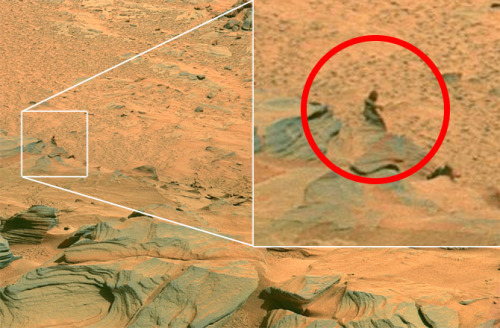
Top 10 Weirdest Mars Illusions and Pareidolia
More pareidolia! We have Mars rats, faces, elephants and trees (plus a lot more). Which is your favorite?
astronomy-to-zoology: Gray four-eyed Opossum (Philander...
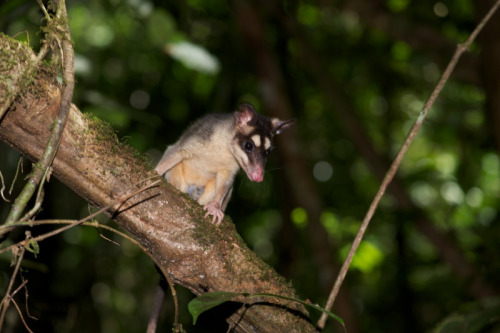
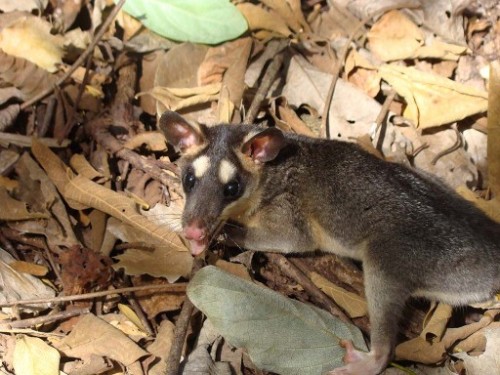
Gray four-eyed Opossum (Philander opossum)
…is a species of opossum found throughout Central and South America, ranging from Mexico to Brazil. Like its North American cousin the gray four-eyed opossum is solitary, nocturnal and omnivorous and feeds mostly on small animals, vegetation, fruits and seeds. It is often found primary and secondary forests where it inhabits trees and areas around streams as it is a fairly good swimmer. It does not actually have four eyes, its common name refers to the two white spots found above its eyes.
Phylogeny
Animalia-Chordata-Mammalia-Marsupialia-Didelphimorphia-Didelphidae-Philander-opossum
earthandanimals: Langaha nasuta (aka Malagasy Leaf-nosed...
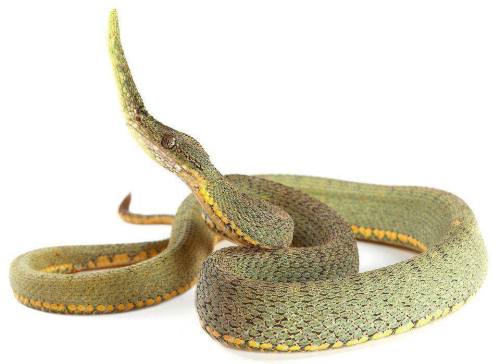
Langaha nasuta (aka Malagasy Leaf-nosed Snake) is a medium-sized highly cryptic arboreal species. It is native to Madagascar and found in deciduous dry forests and rain forests.
sinobug: Lychee Leaf Eating Looper Moth (Oxyodes scrobiculata,...
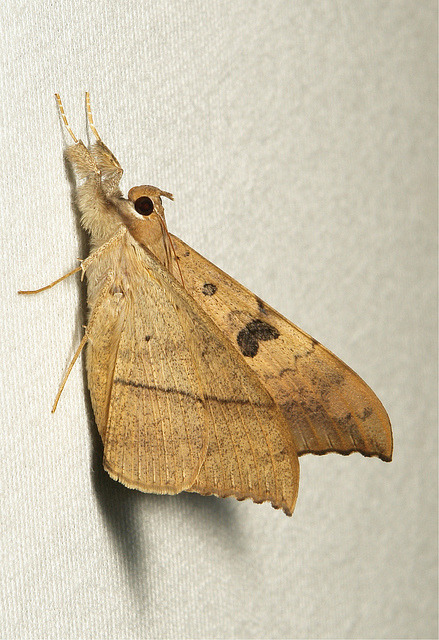
Lychee Leaf Eating Looper Moth (Oxyodes scrobiculata, Catocalinae)
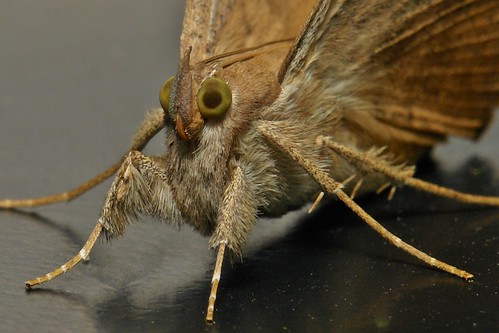
by Sinobug (itchydogimages) on Flickr.
Pu'er, Yunnan, China
See more Chinese moths on my Flickr site HERE…..
wapiti3: Lycoperdina bovistae (Puff-ball beetle B. Ent. 355) on...
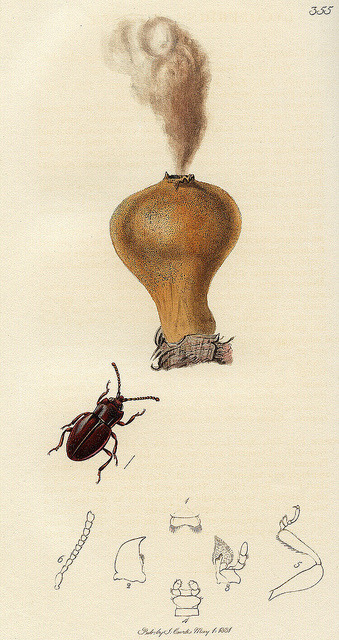
Lycoperdina bovistae (Puff-ball beetle B. Ent. 355) on Flickr.
source-delta keys
awatercolorpainter: Black and White pencil drawing of the...
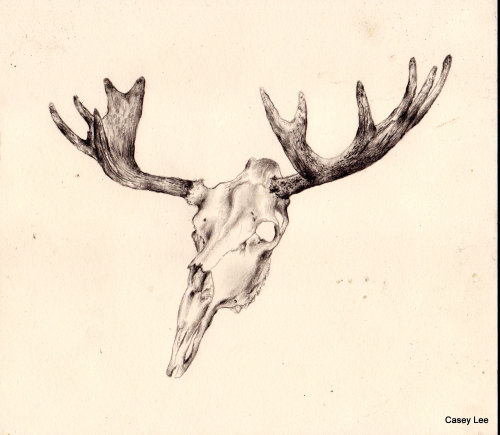
Black and White pencil drawing of the skull and antlers.
gorongosa: Piotr Naskrecki makes another amazing and unusual...
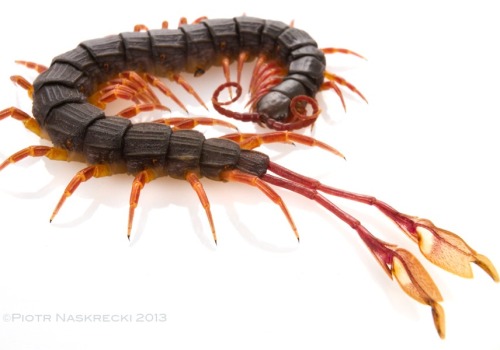
Piotr Naskrecki makes another amazing and unusual discovery in Gorongosa. Have you ever heard of feathered insects?
http://www.gorongosa.org/blog/bush-diaries/alipes
earthandus: Orange Army Ant Eciton hamatum provides an...
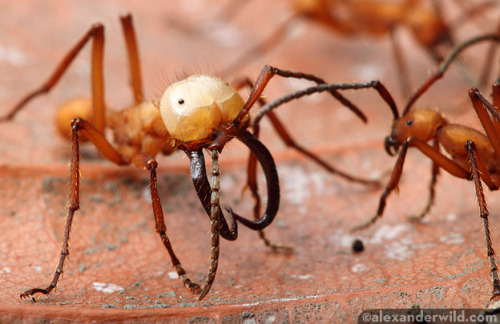
Orange Army Ant
Eciton hamatum provides an illuminating contrast to the related E. burchellii. This species also has soldiers with ice-tong mandibles, but E. hamatum is less aggressive, raiding in tidy columns rather than swarms. Workers of this species are uniformly yellow/orange in color. Eciton hamatum preys mostly on wasps, bees, and other ants.
currentsinbiology: Human scabs serve as inspiration for new...
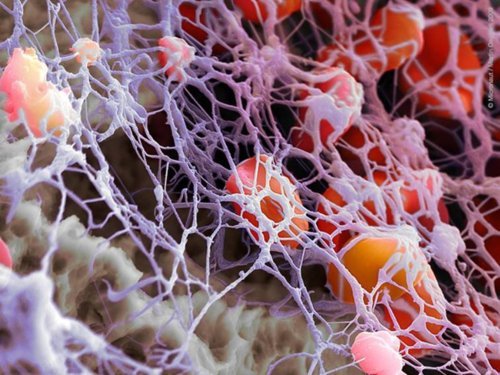
Human scabs serve as inspiration for new bandage to speed healing
Human scabs have become the model for development of an advanced wound dressing material that shows promise for speeding the healing process, scientists are reporting. Their study appears in the journal ACS Applied Materials & Interfaces.
Shutao Wang and colleagues explain that scabs are a perfect natural dressing material for wounds. In addition to preventing further bleeding, scabs protect against infection and recruit the new cells needed for healing. Existing bandages and other dressings for wounds generally are intended to prevent bleeding and infections. Wang's team set out to develop a new generation of wound dressings that reduce the risk of infections while speeding the healing process.
more at EurekAlert
jtotheizzoe: via brooklynmutt: An amazing GIF of a volcano...

via brooklynmutt:
An amazing GIF of a volcano erupting on Jupiter's moon - via @simonowens
This superb shot is Jupiter's moon Io, showing the Tvashtar Paterae volcanic region, as captured by NASA's New Horizons satellite.
Random fact: Volcanoes are named for the Roman god Vulcan, who was a son of Jupiter, and this moon orbits the planet of the same name … whooooooooa man. (Io, however, is part of Greek mythology, and was a lover of Zeus)
This is not to be confused with the equally gorgeous Saturnian moon Enceladus and its spouting geysers (below).
alaskamuseum: UNWELCOME GUESTS - Our Curator of Insects Derek...
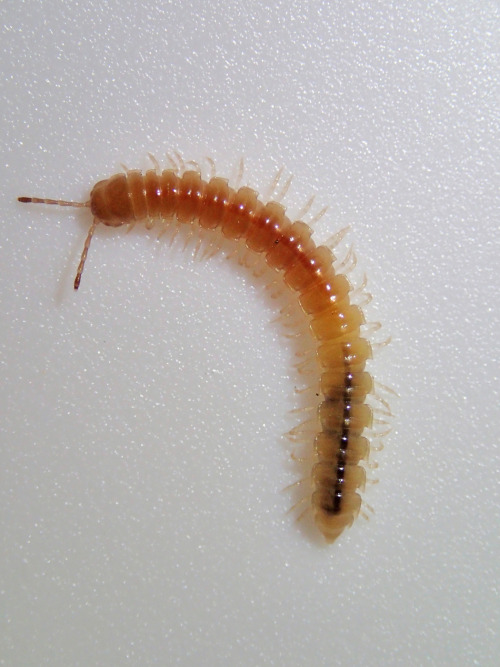
UNWELCOME GUESTS - Our Curator of Insects Derek Sikes announces the first millipedes known for interior Alaska.
Centipedes can be found in all of Alaska's major regions, from the Arctic to the Aleutians, the Interior to the Southeast, but Alaska's millipedes were previously known only along the wet coastal forests of the Southeast (with one relictual population on Kodiak Island).
This April, a millipede species was collected in Fairbanks. The species, Oxidus gracilis, also known as the Greenhouse or Garden millipede, is an Asian 'tramp' species that excels in habitats created by our love of plants and thrives in gardens and greenhouses. They are often found indoors in potting soil, like this Fairbanks population.
It is unlikely this species would survive outside of our warm cave-like indoor living spaces in Alaska. As such, it joins a growing list of mostly unwelcome guest species that live in the subtropical and food-rich habitats of Alaskan's homes.
insectlove: markhortonphotography: Gasteruption jaculator on...
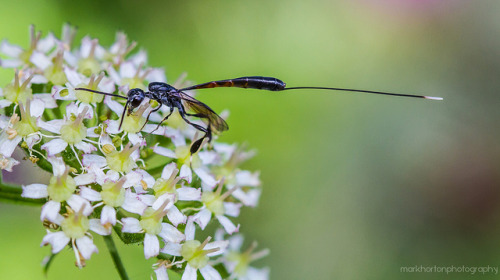
markhortonphotography: Gasteruption jaculator on Flickr. Via Flickr: Gasteruption jaculator. Hands down this is my favourite-named wasp ever. The 15 year old me is sniggering uncontrollably.
science-junkie: HIV viruses budding from surface of human T...

HIV viruses budding from surface of human T cell. © NIBSC/Photo Researchers, Inc.
HIV inner shell structure revealed
Researchers have for the first time unravelled the complex structure of the inner protein shell of HIV. The US team, reporting in Nature, also worked out exactly how all the components of the shell or 'capsid' fit together at the atomic level.
Until now the exact structure had proved elusive because of the capsid's large size and irregular shape. The finding opens the way for new types of drugs, the researchers from the University of Pittsburgh said.
It was already known that the capsid, which sits inside the outer membrane of the virus, was a cone-shaped shell made up of protein sub-units in a lattice formation. But because it is huge, asymmetrical and non-uniform, standard techniques for working out the structure had proved ineffective.
HIV Computer model of HIV capsid structure
The team used advanced imaging techniques and a supercomputer to calculate how the 1,300 proteins which make up the cone-shaped capsid fit together.
Read more
jtotheizzoe: via science-junkie: Prince Rupert's drop The...

via science-junkie:
Prince Rupert's drop
The prince Rupert's drop is a truly amazing thing.When molten glass hits cold water, its outer surface cools rapidly and shrinks as it solidifies. Since the center is still fluid, it can flow to adjust to the outer shell's smaller size. As that center eventually cools and solidifies, it also shrinks, but now the outer shell is already solid and can't change its shape to accommodate the smaller core. The result of this is a high amount of internal pressure, as the inside pulls the outside from all directions the glass is set to release a lot of energy. If you break the thin glass at the tail, a chain reaction travels like a shock wave through the drop. As each section breaks, it releases enough energy to break the next section, and so on, shattering the whole drop in less than a millisecond. At the same time The glass can be extremely strong aswell glass breaks when tiny scratches pull apart and spread into fractures. Since the surface is compressed by internal stress, scratches can't grow, and the glass is very difficult to break.
Credits: ScienceCubed - http://sciencecubed.tumblr.com/
People, if you haven't seen Destin from Smarter Every Day shatter these things at 130,000 frames per second, you haven't truly lived.
scishow: Why No Giant Mammals? Hank gives a quick run-down of...
Why No Giant Mammals?
Hank gives a quick run-down of the reasons scientists think the land mammals of today are nowhere near the size of the largest sauropods. Some of them might surprise you!
mineralia: Fluorite, Galena, & Sphalerite from Illinois by...
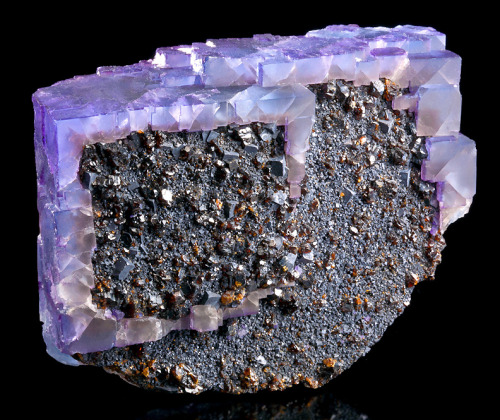
Fluorite, Galena, & Sphalerite from Illinois
currentsinbiology: Patients leave a microbial mark on...
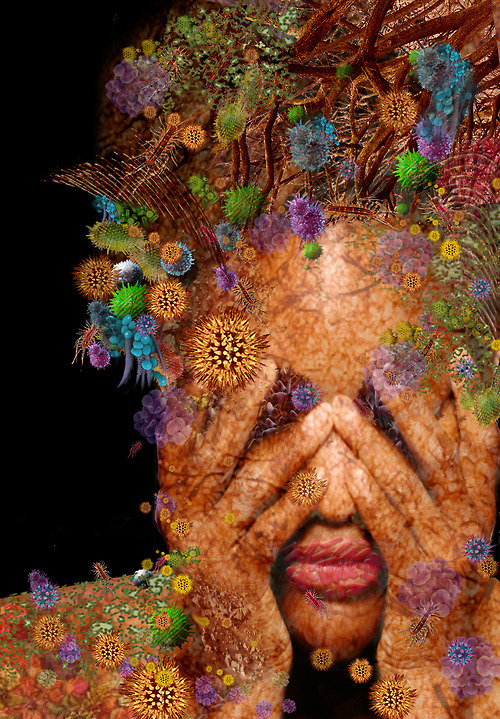
Patients leave a microbial mark on hospitals
The microscopic ecosystems in health-care centres mirror those of their patients.
When people check into a hospital, the microbial communities that coat their bodies quickly colonize treatment areas, according to a research consortium based at the University of Chicago in Illinois.
The finding is the first from the Hospital Microbiome Project, a year-long effort to monitor the microbial ecosystem of a new University of Chicago hospital to see how microbes including pathogens travel through its halls.
More at Nature News
natureofnature: Juvenile of the Longfin inshore squid, Loligo...

Juvenile of the Longfin inshore squid, Loligo pealei, stained with anti-acetylated tubulin (green), phalloidin (F-actin, red), and Hoechst (nuclei, blue). The F-actin staining (red) reveals the musculature of the mantle; and the acetylated-tubulin staining (green) reveals the tufts of cilia on the surface of the mantle and rest of the body.
natureofnature: A human HaCat keratinocyte responds to...
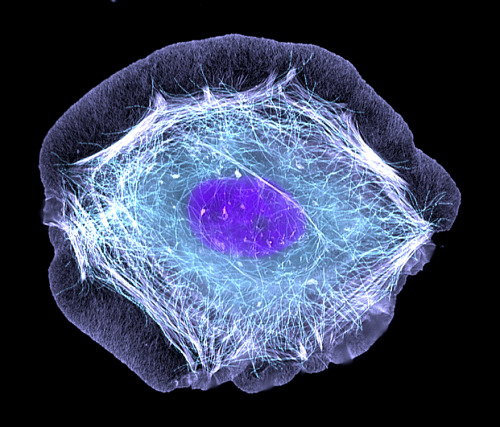
A human HaCat keratinocyte responds to epidermal growth factor by rapidly forming a lamellipod around most of its perimeter. The cell was fixed and processed within minutes after EGF addition. F-actin is stained with fluorescently labeled phalloidin (light purple), and microtubules are labeled with an antibody (cyan). DNA dye stains the nucleus dark purple.















No comments:
Post a Comment